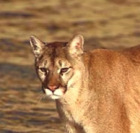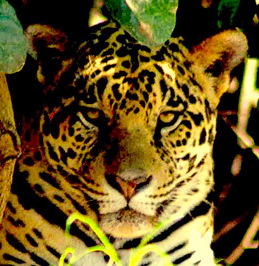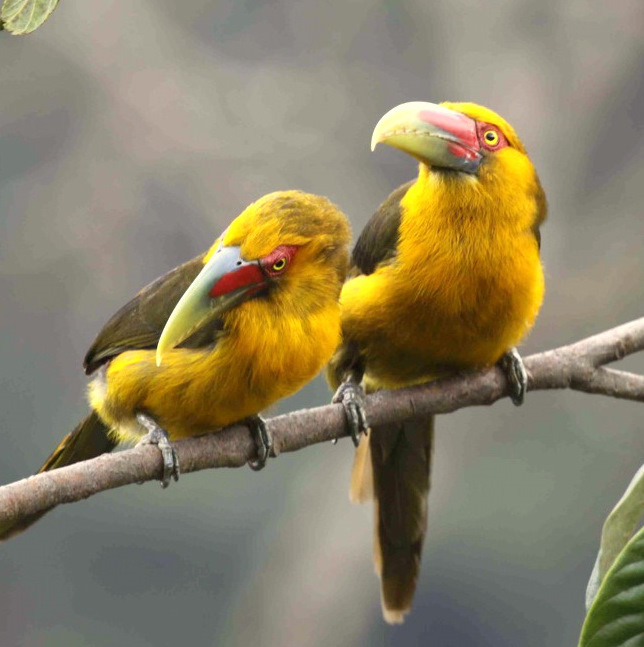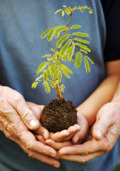EASTERN LOWLANDS: Jesuit Ruins, Wetlands, & Chaco
Santa Cruz, at 1,400 feet, is Bolivia's second largest and fastest growing city. While it has little of interest outside of several three-toed sloths in the city square, it is the place where most tours start. Jesuits were some of the first Europeans into the region, and recently restored missions can be seen in the towns of Concepción, San Jose de Chiquitos, and others. Each mission is similar yet distinctly different, and history buffs will want a look.
To the north of Santa Cruz lie a couple of areas of particular interest to the nature enthusiast and bird watcher. Wetlands around the Japanese rice growing village of Okinawa 1 and Okinawa 2 support specialties including Ringed Teal, Yellow-breasted Crake and Yellow-collared Macaw. The region is reminiscent of Brazil's Pantanal, on a smaller scale.
Continuing further north and a little west one arrives in Buena Vista, at the base of the impressive Amboró National Park with its Amazonian flora and fauna in the lower altitudes. Zig-zag Heron, the strange Hoatzin, Scarlet, Red-and-Green and Blue-and-Yellow Macaws, White-backed Fire-eye and other impressive birds occur with Brazilian Tapir, Bare-ear Marmoset, Dusky Titi Monkey, Common Squirrel Monkey, Brown-throated Three-toed Sloth, Collared Tamandua, Jaguar and other mammals. Like many of Bolivia's parks, access is difficult but the lower part of the park can be entered here.
There are some simple accommodations in Buena Vista. The park stretches up the Andean foothills to the west. Only hiking in from the old road to Cochabamba, which we will discuss later, accesses this cloudforest section.
The new Kaa-Iya del Gran Chaco National Park along the border with Paraguay is one of Bolivia's newest. It covers more than 20,000 miles, or 8.6 million acres, and is now the largest protected block of highly endangered dry forest worldwide. Giant Anteater, the newly discovered Chacoan Peccary, Giant Armadillo and several other mammals, along with a great variety of birds live here. The park is so new that no tour group has been there, and yours could be the first.









